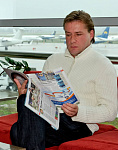The meaningful word "airport" encompasses the romance of travel, boundless sky, and silver-winged airliners.
Airports, scattered across the world, share similarities yet have many differences. However, their purpose remains the same: to accommodate and dispatch flights. Airports are also designed to evoke positive emotions in arriving passengers, as they form the initial impressions of cities and their inhabitants. The variations between airports lie in their levels of activity, geographical locations, sizes, and many other parameters.
The main protagonist of today's blog is Larnaca International Airport, located on the shores of the azure Mediterranean Sea. For vacationers on Mackenzie Beach, watching the landing planes has become one of their favorite pastimes.
Airport Information:
- IATA code: LCA
- ICAO code: LCLK
- Geographic coordinates: E 033° 37' 25.52"/N 34° 52' 24.22
- Timezone (winter/summer): UTC +2/+3
- Elevation above sea level: +3 meters
- Runway: Landing courses - 04/22, dimensions 2912 x 43 meters, surface - asphalt concrete
- Operating hours: 24/7
- Airport operator: Hermes Airports Ltd
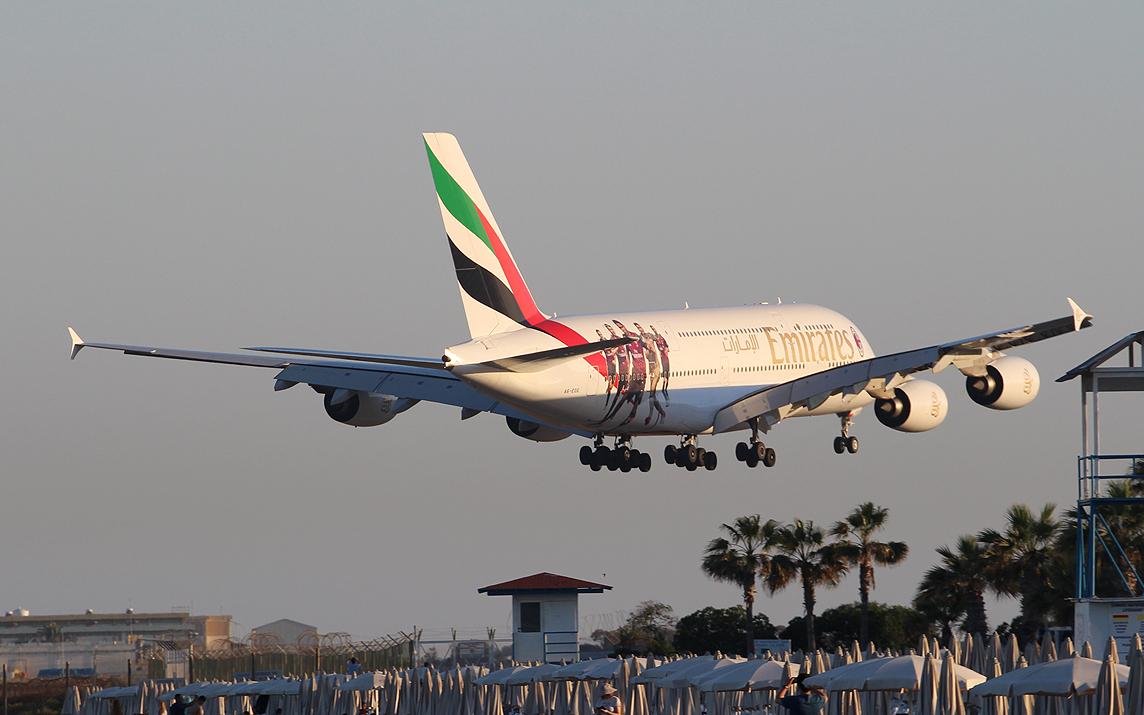
History
The opening of the airport in Larnaca was a result of the tragic events that occurred in Cyprus in 1974. The existing airfield on the outskirts of Nicosia, at that time, found itself within the island's ceasefire line. It was evident that flight safety could not be ensured in such a situation. Faced with a shortage of financial and technical resources, the government of Cyprus chose the former British military airfield in the vicinity of Larnaca.
The construction of the facility proceeded at a rapid pace, and the new terminal, consisting of a complex of buildings, was officially inaugurated in 1975. The runway, not intended for jet airliners, was a road connecting Larnaca with Limassol, which is still maintained in good condition to this day. The initial flights were operated by the national airline, Cyprus Airways, using leased Viscount 800 aircraft. Due to its proximity to popular seaside resorts, this location proved to be very convenient for the tourism industry.

The capacity of Larnaca was initially set at 2.5 million passengers per year, but the actual traffic soon exceeded 5 million people. The overcrowding had a negative impact on passenger comfort and the operations of airport services. The 1998 modernization primarily focused on technical equipment, the construction of a new control tower, and logistics optimization. However, the continuously growing passenger flow required a fundamental reconstruction of the airport, and in the early 2000s, the construction of a modern and spacious terminal became a pressing issue.
In 2006, Hermes Airports Ltd. won the government tender and subsequently took over the operation and management of Larnaca and Paphos international airports under a 25-year concession agreement with the Republic of Cyprus based on the "build-operate-transfer" principle. The main shareholder and general contractor of the project was the French industrial group Bouygues Construction, known for constructing the renowned Charles de Gaulle (CDG) airport in Paris. The design of the new terminal was developed by the Cypriot architectural firm Forum Architects.
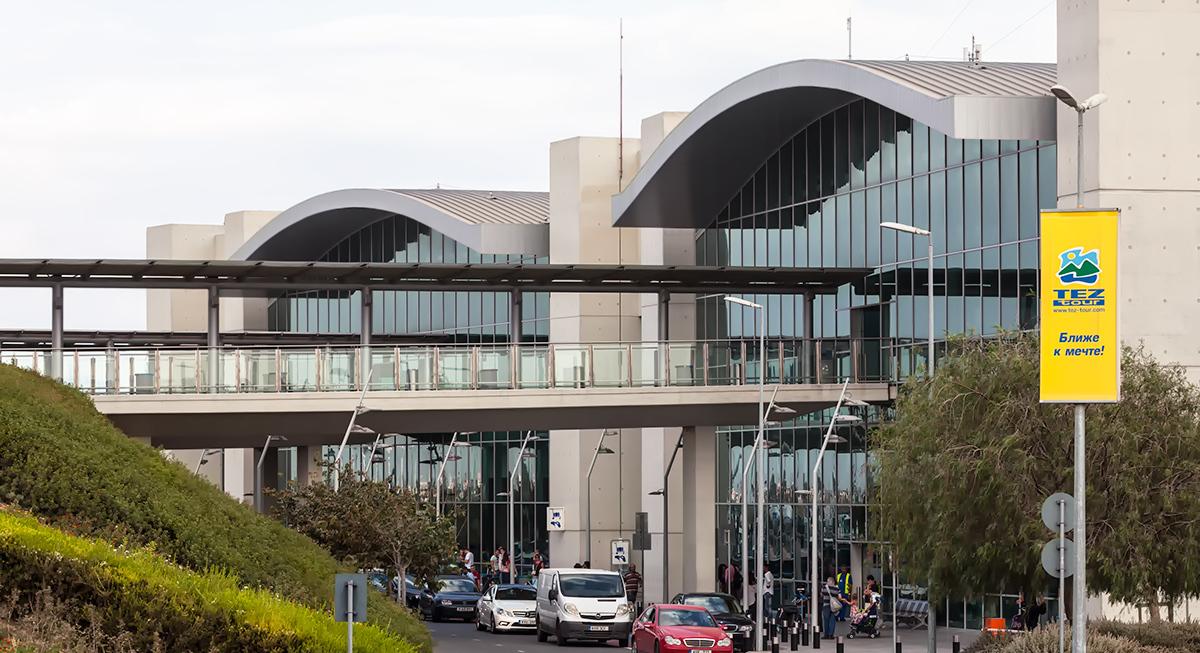
The completion of the new terminal complex in 2009 allowed the airport to provide passengers with services and aircraft handling at global standards. The total area of the terminal reached 100,000 square meters, with a capacity of 7.5 million passengers per year. The terminal is equipped with 16 air bridges, 72 check-in counters, 12 self-check-in kiosks, 30 BorderXpress border control kiosks, and 5 baggage carousels. The departure area is traditionally located on the second floor of the building, while the arrival area is on the first floor.
In 2016, the airport was renamed "Larnaca International Airport - Glafcos Clerides" in honor of the former President of the Republic of Cyprus. Four years later, Larnaca International Airport received the highest rating in the "5-10 million passengers" category at the Best Airport Awards 2020 ceremony, awarded by the Airports Council International (ACI) Europe.

Services
In the first half of 2023, our focus served 3,265,782 passengers. The specialized rating agency Skytrax certified Larnaca as a 3-star regional airport based on criteria such as facilities, comfort, cleanliness, shopping options, food and beverages, staff service, and security/immigration. The longest queues at the security checkpoints and relatively high prices for food, by European standards, were the main areas of criticism. The terminal provides passengers with a full range of services, including:
- Retail area (over 4,000 square meters) featuring duty-free shops, souvenir stores, cafes, and restaurants.
- Car rental and currency exchange facilities.
- Medical assistance point.
- VIP lounge and free Wi-Fi access.
- Tax-free customs refund desk.
- Baggage storage and packaging services.
- Assistance services for passengers with reduced mobility and pet transportation.
Within the terminal building, there are offices of airlines and banks, and in the Cyprus Airways Sunjet waiting area, there is a business center. The adjacent area offers a parking lot with 2,550 spaces.

Getting to the cities of Cyprus from the airport:
- By bus: Express buses to Limassol and Nicosia (fare: 9 euros), and local buses (routes 417, 425, 429) to Larnaca (fare: 2 euros). To reach Ayia Napa and Protaras, take the same buses to Larnaca and then transfer to route 711 or the intercity bus Larnaca-Famagusta.
- Taxi: The taxi service at Larnaca Airport is located on the lower level to the right of the exit. Below are approximate fares and travel times to the cities:
- Limassol: 50-70 euros, 35-40 minutes
- Paphos: from 100 euros, 1 hour 20 minutes
- Nicosia: 50-60 euros, 30 minutes
- Ayia Napa and Protaras: 50-70 euros, 30-40 minutes.
Currently, Cyprus has signed bilateral agreements for direct air communication with 51 countries. Due to ongoing military confrontation, flights to Ukraine are not operated, and most Russian airlines are prohibited from crossing the airspace of the European Union. According to Antonis Theodorides, the CEO of the Cypriot agency Q4 Aviation Solutions, the conflict has had a negative impact on business aviation as well. Profiled companies had to reduce or redirect some flights to other destinations. However, private transportation has reached a high level again and continues to grow. This is also facilitated by the relocation of foreign companies' offices to Cyprus, which prefer business jet travel over mass air transport.
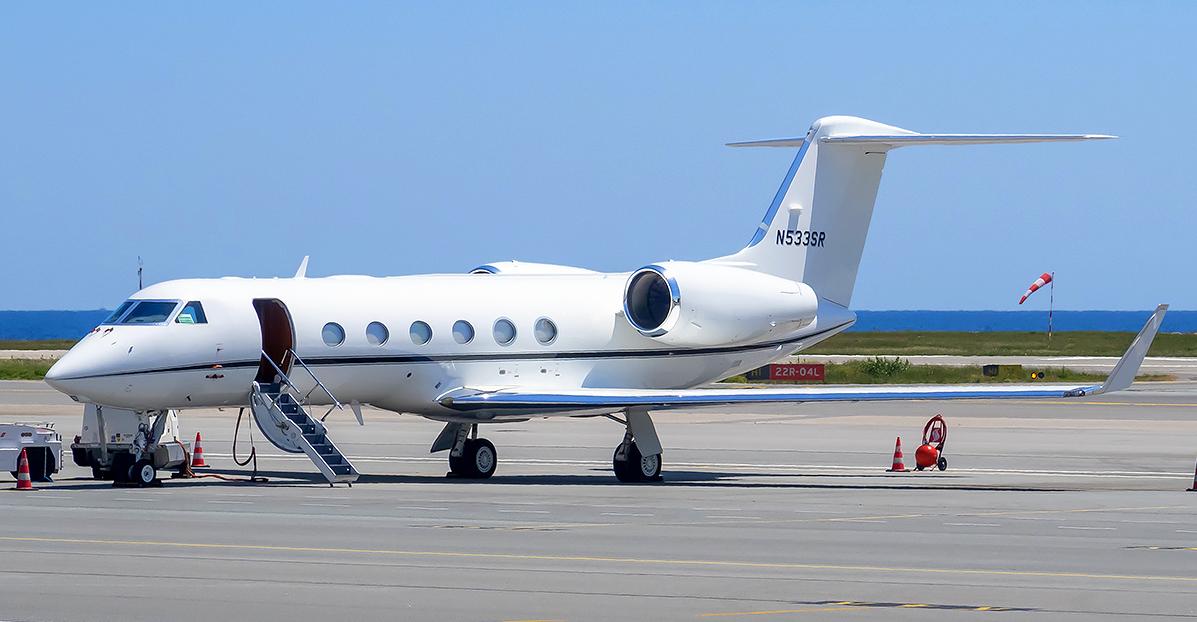
During the peak of the current tourist season, Larnaca International Airport serves both charter and scheduled flights for over forty carriers. The airport accommodates all types of passenger and cargo aircraft, with the largest visitor being the Airbus A380 with the Emirates logo on board. Larnaca Airport serves as a base for two Cypriot airlines. TUS Air began operations in 2015 as a regional operator and has since established a sustainable route network, operating five Airbus A320 aircraft.

In the challenging fate of the national carrier, Cyprus Airways, the year 2022 appears to be a turning point. According to the company's presented five-year development strategy, the fleet size is expected to increase to 11 aircraft, and the route network will exceed 30 destinations. Considering Cyprus' geographical location at the crossroads of air routes between Europe, the Middle East, and Africa, Cyprus Airways has significant potential to reach a qualitatively different level of air transportation. It is undeniable that the operational activities of any airport depend directly on the functionality and scale of partnerships with the airlines it accommodates. Furthermore, the safe and efficient operation of the aviation sector as a whole contributes to the growth of tourism and trade flows, making a significant contribution to Cyprus' economic development. There is no doubt about the strategic importance of aviation in the life of an island nation like Cyprus. Perhaps that's why the sun shines so often over Cyprus, benefiting the safety of flights.
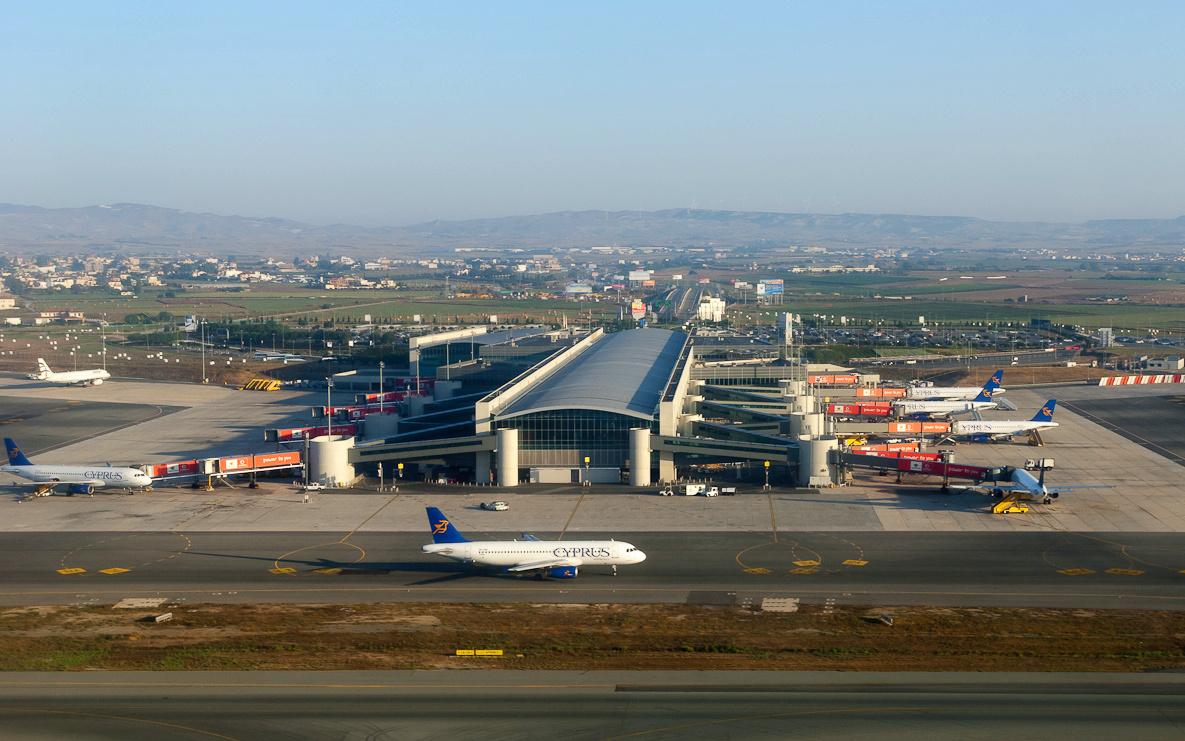
Read also:

